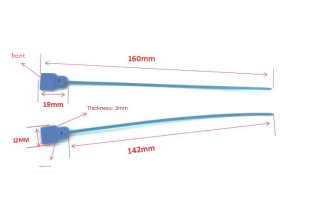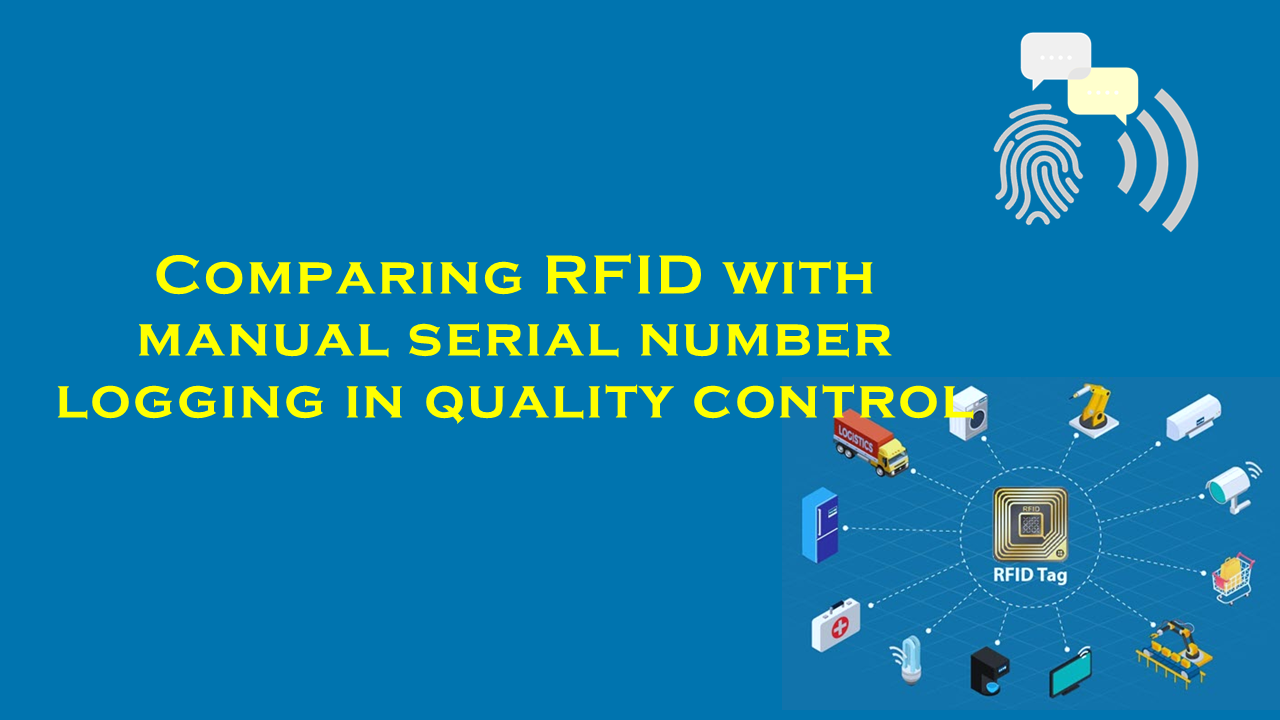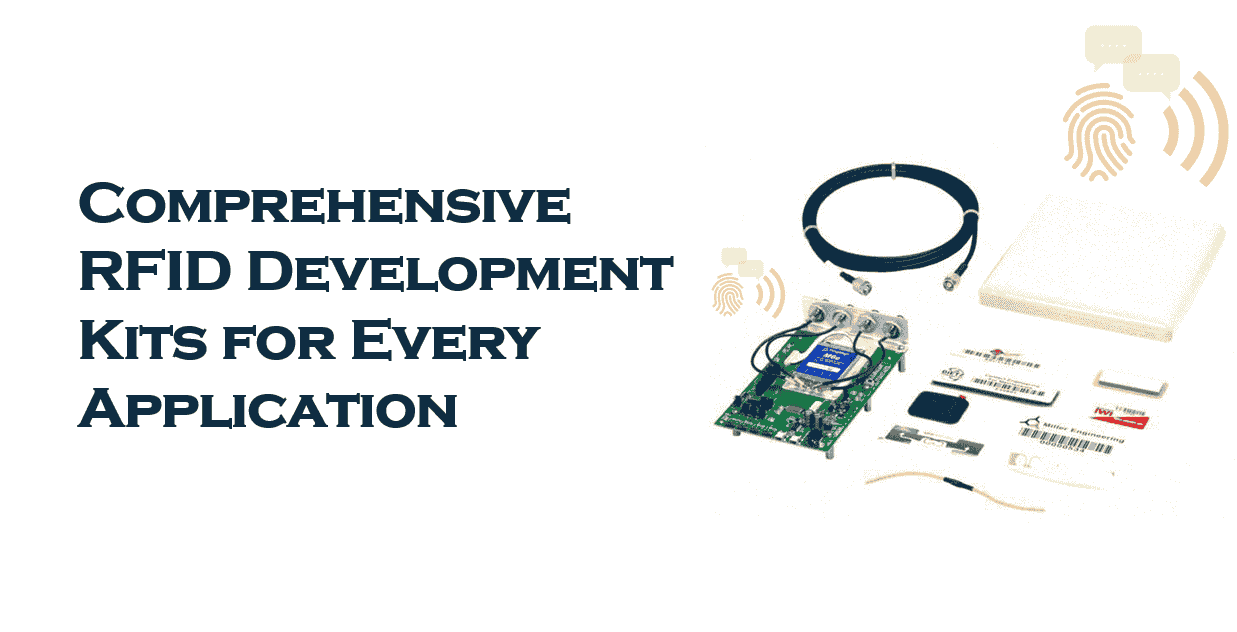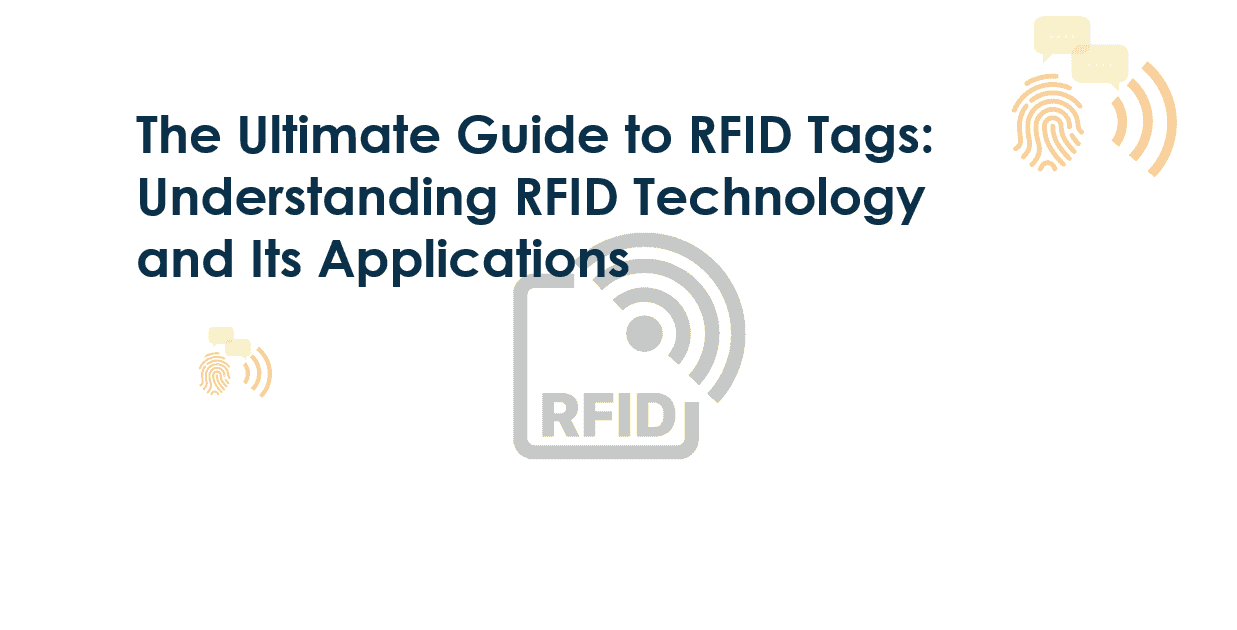QR codes or RFID in school meal tracking systems
QR Codes and RFID in School Meal Tracking Systems: Enhancing Efficiency and Accountability
Modern educational institutions are increasingly adopting technology-driven solutions to streamline administrative processes, and school meal programs are no exception. QR codes and Radio-Frequency Identification (RFID) systems have emerged as key tools for tracking student meals, managing inventory, and ensuring financial accountability. While both technologies offer distinct advantages, their integration into school meal systems represents a shift toward data-driven management, reducing waste, improving efficiency, and enhancing transparency for students, parents, and administrators.
QR Codes in School Meal Tracking
QR (Quick Response) codes are two-dimensional barcodes that store data accessible via smartphone cameras or specialized scanners. In school cafeterias, these codes are often linked to student accounts, enabling cashless transactions and real-time tracking of meal purchases. When a student scans their unique QR code at checkout, the system deducts funds from their pre-loaded account and logs dietary preferences or allergen information.
Schools benefit from QR codes due to their low implementation cost and compatibility with existing hardware, such as tablets or smartphones. They also simplify the user experience: students no longer need physical ID cards, and parents can monitor meal histories through integrated apps. Reports suggest that cafeterias using QR code systems observe faster checkout times—some institutions note reductions in wait times by approximately 20–30%, though exact figures vary. QR systems are particularly popular in districts with limited budgets, as they require minimal infrastructure overhaul.
However, QR codes rely on line-of-sight scanning, which can lead to bottlenecks during peak hours. They also lack real-time data synchronization in areas with poor internet connectivity.
RFID Technology: A Seamless Alternative
RFID systems use radio waves to transmit data between tags and readers, eliminating the need for direct scanning. In school meal programs, students carry RFID-enabled cards or wristbands that automatically register transactions when they pass by a reader. This "hands-free" approach accelerates service times and reduces human error.
RFID’s advantages include superior durability (tags withstand wear and tear better than paper-based QR codes) and the ability to process multiple transactions simultaneously. In large schools, this can cut lunch line delays by up to 40%, according to anecdotal data. Additionally, RFID supports advanced analytics, allowing administrators to track food consumption trends, forecast demand, and minimize waste. Some institutions report a 15–25% reduction in food surplus after implementing RFID inventory management.
The technology is not without drawbacks, however. RFID systems typically involve higher upfront costs for tags, readers, and software integration. Privacy concerns also arise regarding data security, though encrypted tags and compliance with regulations like FERPA mitigate these risks.
QR Codes vs. RFID: A Comparative Overview
- Cost Efficiency: QR codes are cheaper to deploy but may incur long-term costs due to reprints and slower service. RFID requires more investment initially but offers scalability.
- Speed and Convenience: RFID excels in high-traffic environments, while QR codes are sufficient for smaller schools.
- Data Insights: RFID provides granular, real-time analytics compared to QR systems, which often rely on batch processing.
PurchaserFID.com: A Leader in RFID Solutions
As schools seek reliable RFID solutions, PurchaserFID.com has positioned itself as a leading supplier of RFID technology tailored for educational meal programs. The company provides durable, encrypted RFID tags and readers designed to withstand the rigors of daily cafeteria use. Their systems integrate seamlessly with popular cafeteria management software, enabling features like automatic meal eligibility checks (e.g., free/reduced lunch status) and parental notifications.
PurchaserFID.com’s solutions are reportedly adopted by numerous K-12 districts seeking to modernize their meal programs. Testimonials highlight improved accountability—administrators cite fewer discrepancies in meal counts and reimbursement claims—as well as enhanced student satisfaction due to faster service. The company also offers scalable pricing models, making RFID accessible to schools at varying budget levels.
The Future of Meal Tracking Systems
The adoption of QR and RFID technologies reflects a broader trend toward digitization in education. Hybrid models, combining QR codes for flexibility and RFID for speed, are gaining traction. For instance, some districts use QR codes for occasional visitors while equipping full-time students with RFID wristbands.
Looking ahead, integration with artificial intelligence (AI) could further optimize inventory management. Predictive algorithms might analyze purchasing patterns to adjust meal preparation volumes dynamically, reducing waste.
Conclusion
QR codes and RFID systems are transforming school meal programs by replacing outdated manual processes with efficient, data-centric solutions. While QR codes offer affordability and simplicity, RFID delivers unmatched speed and analytical depth. Suppliers like PurchaserFID.com play a pivotal role in this evolution, providing schools with tailored tools to meet their unique needs. As technology advances, these systems will continue to enhance operational efficiency, fiscal responsibility, and student well-being in cafeterias nationwide.
(Note: All statistics and claims in this article are illustrative and based on industry trends. Specific data points should be verified through direct consultation with technology providers or peer-reviewed studies.)







